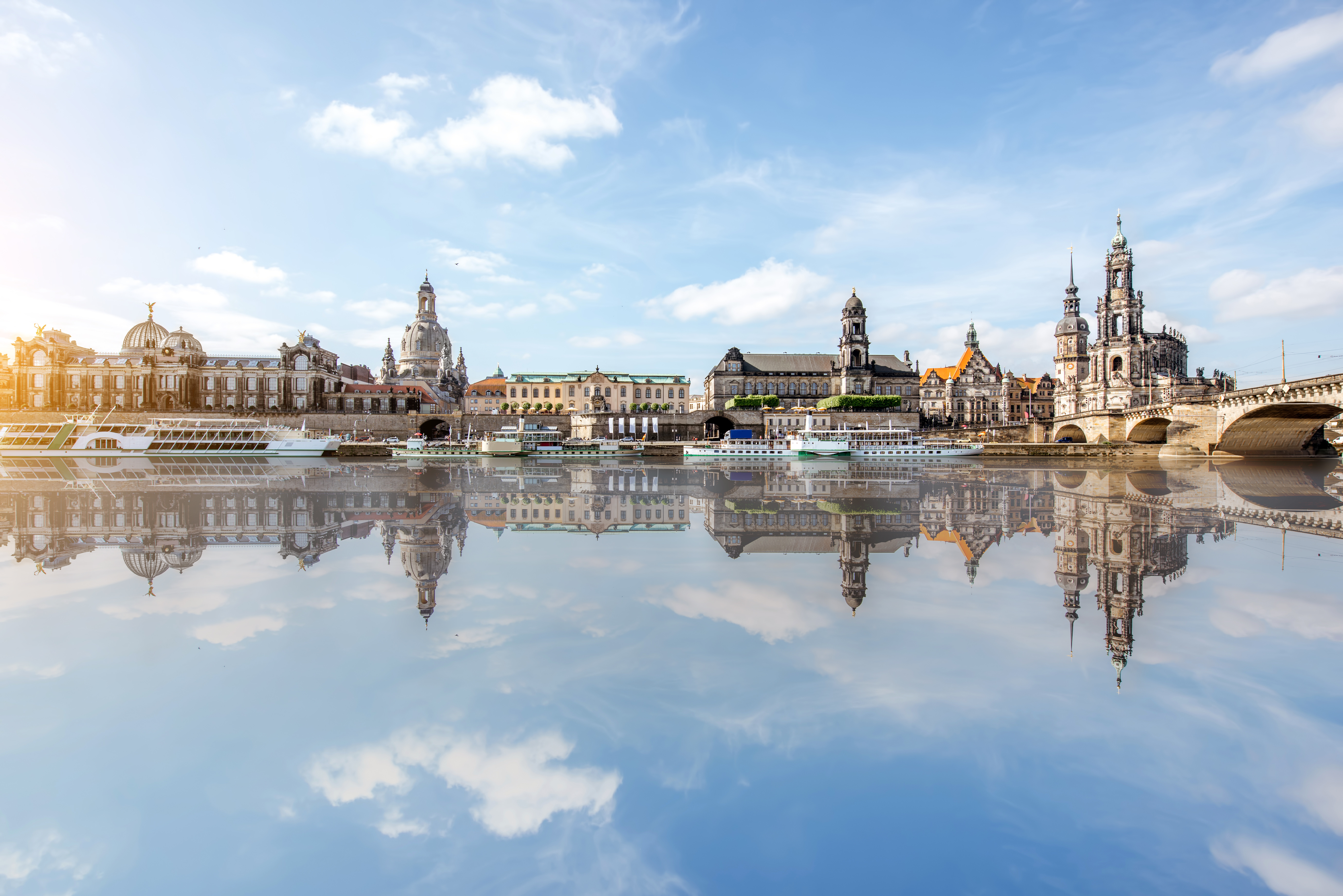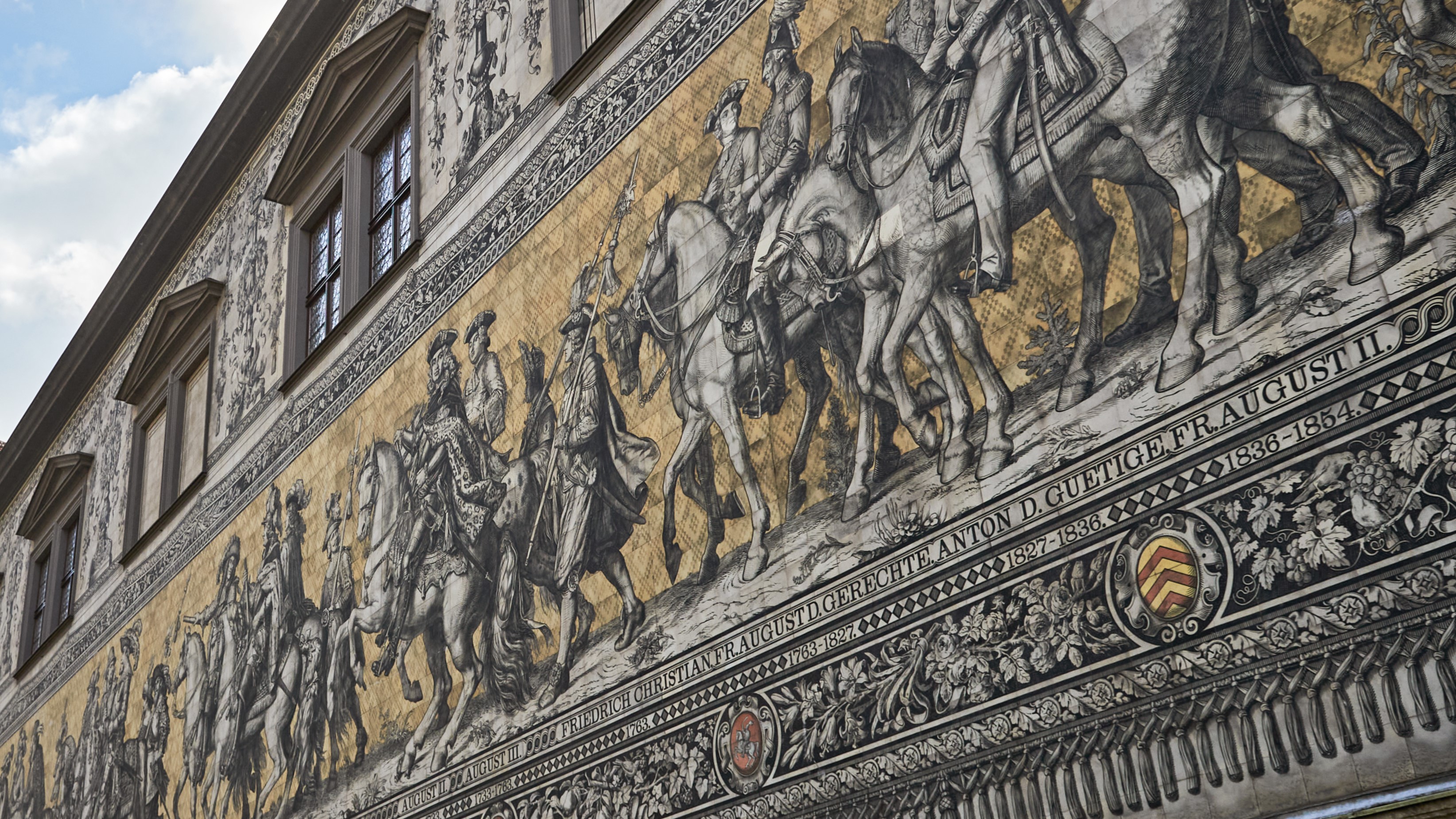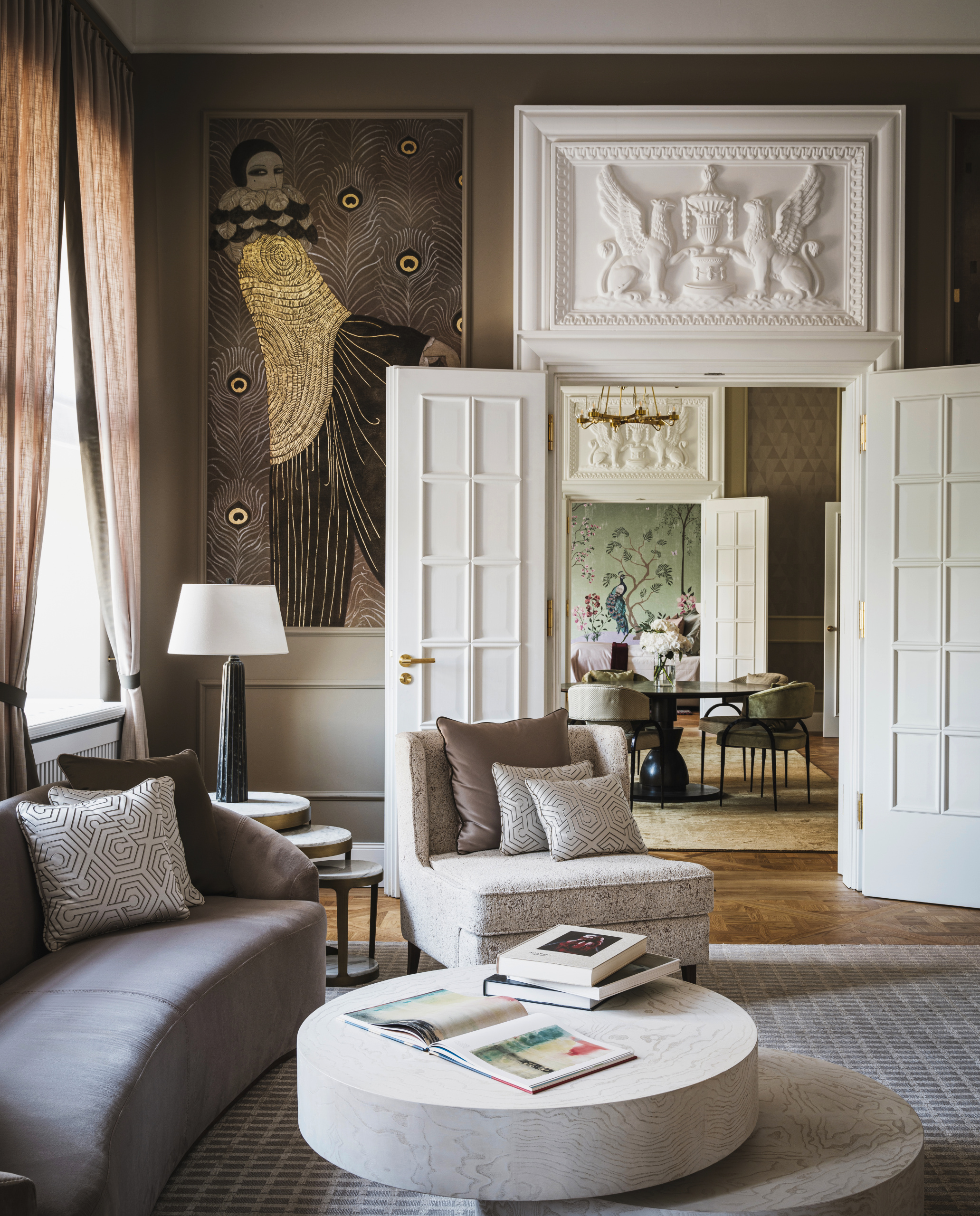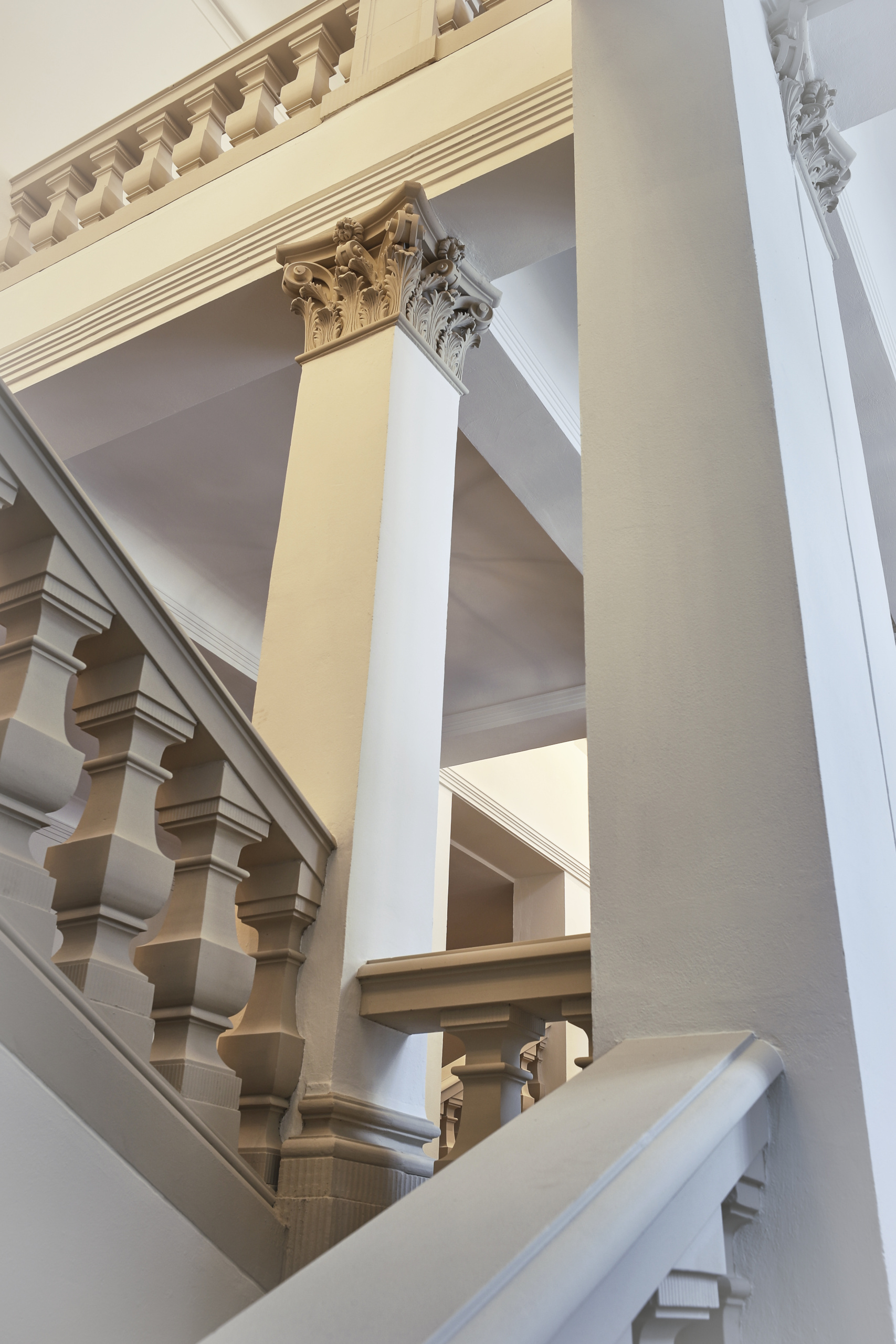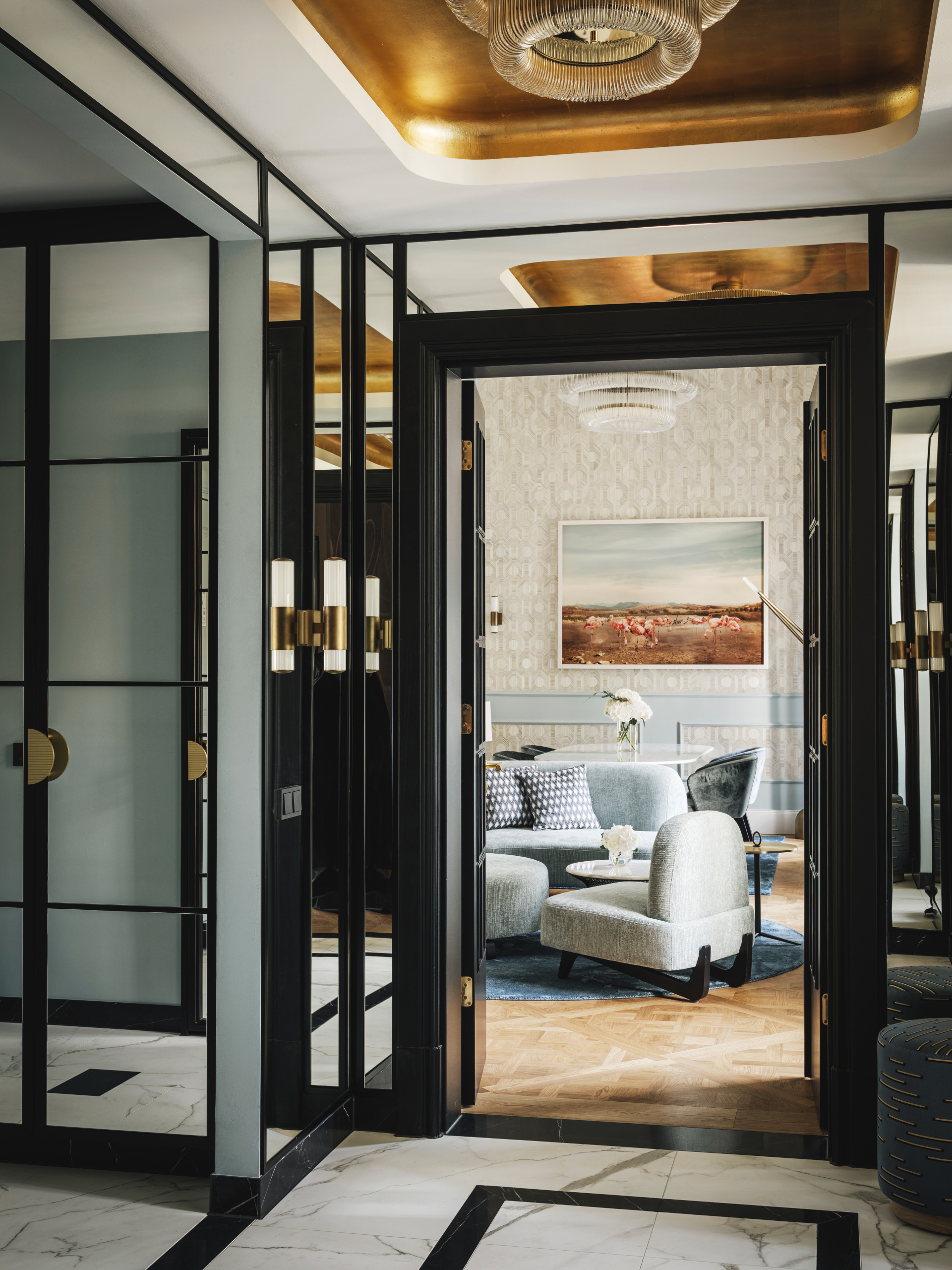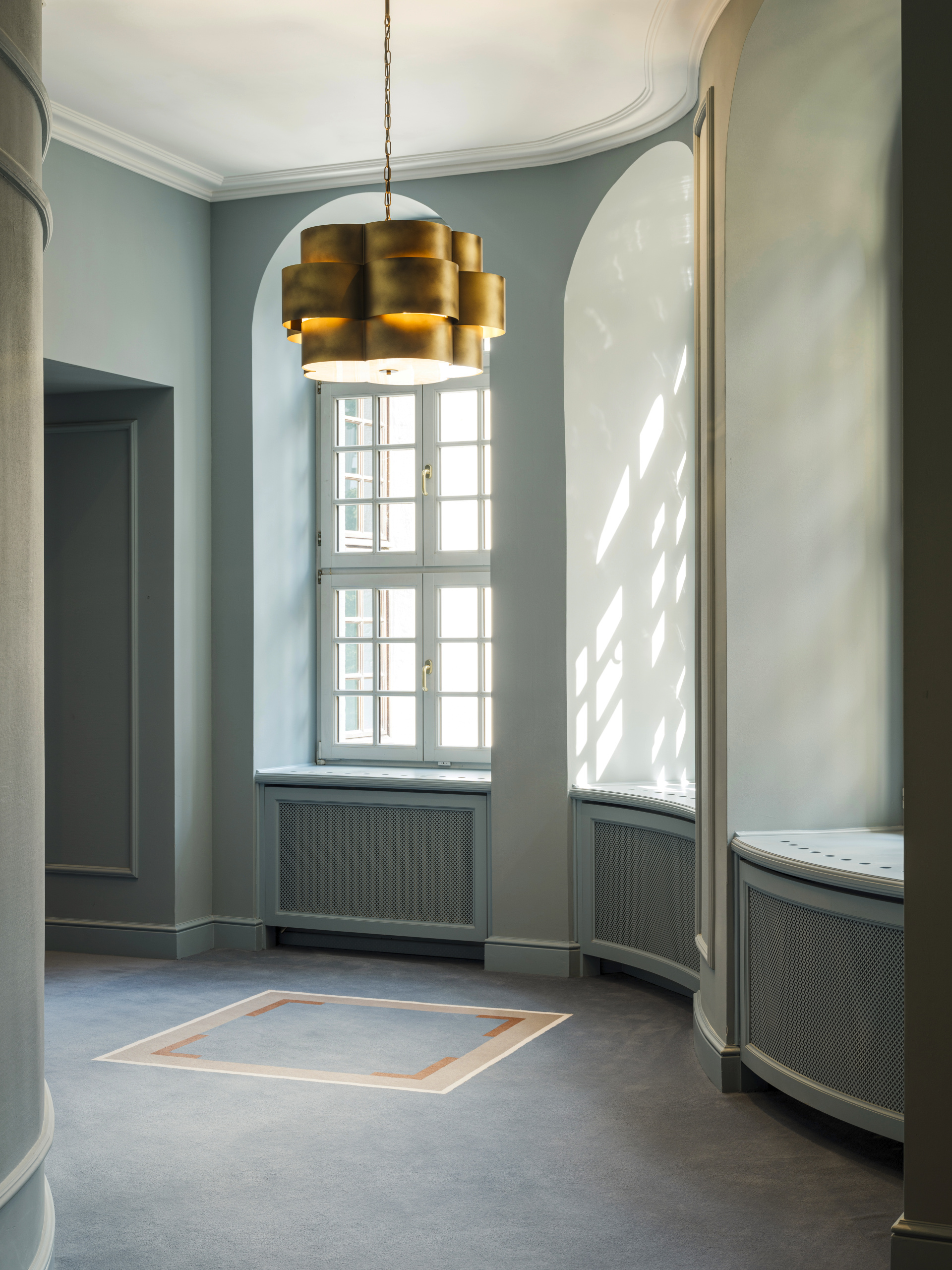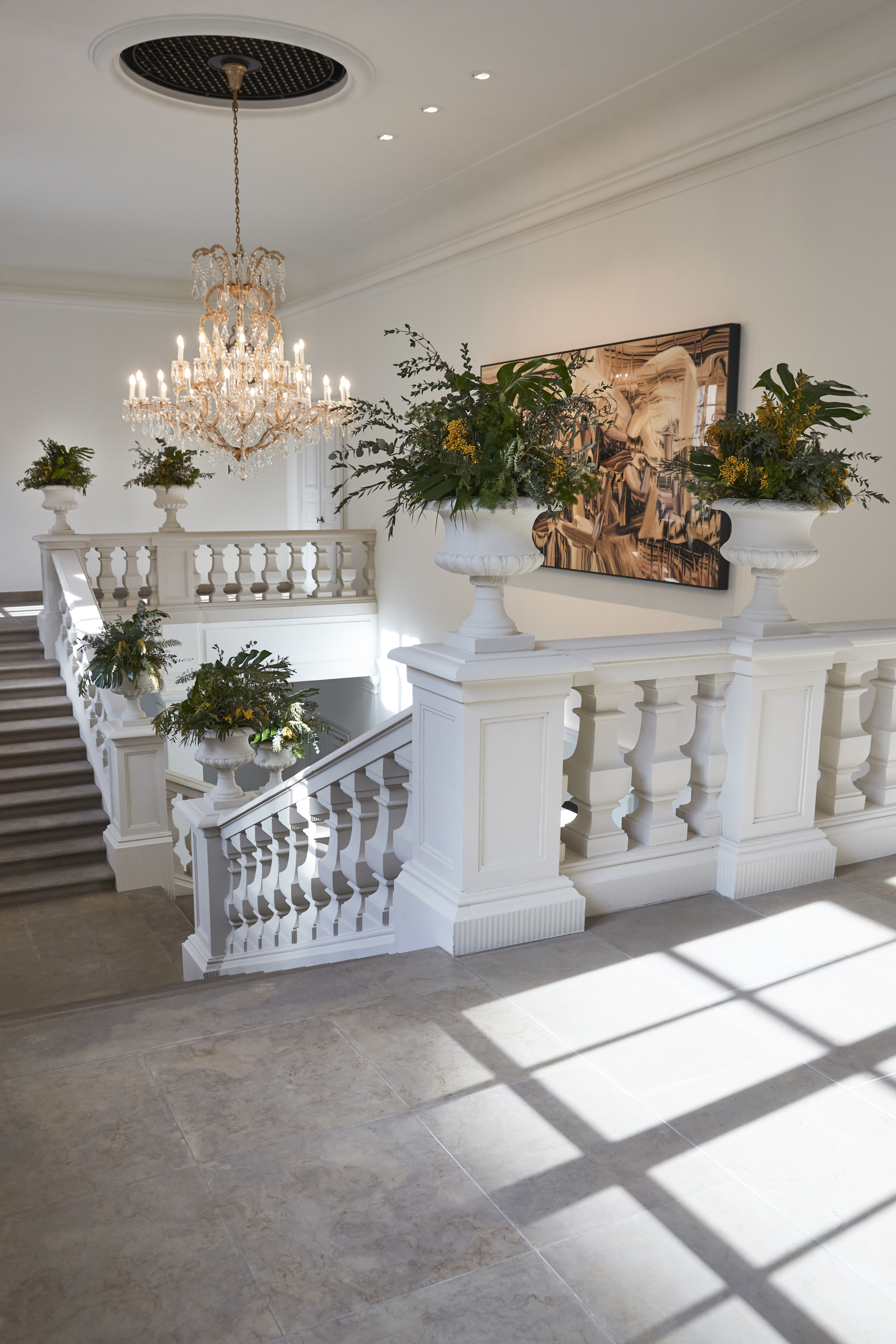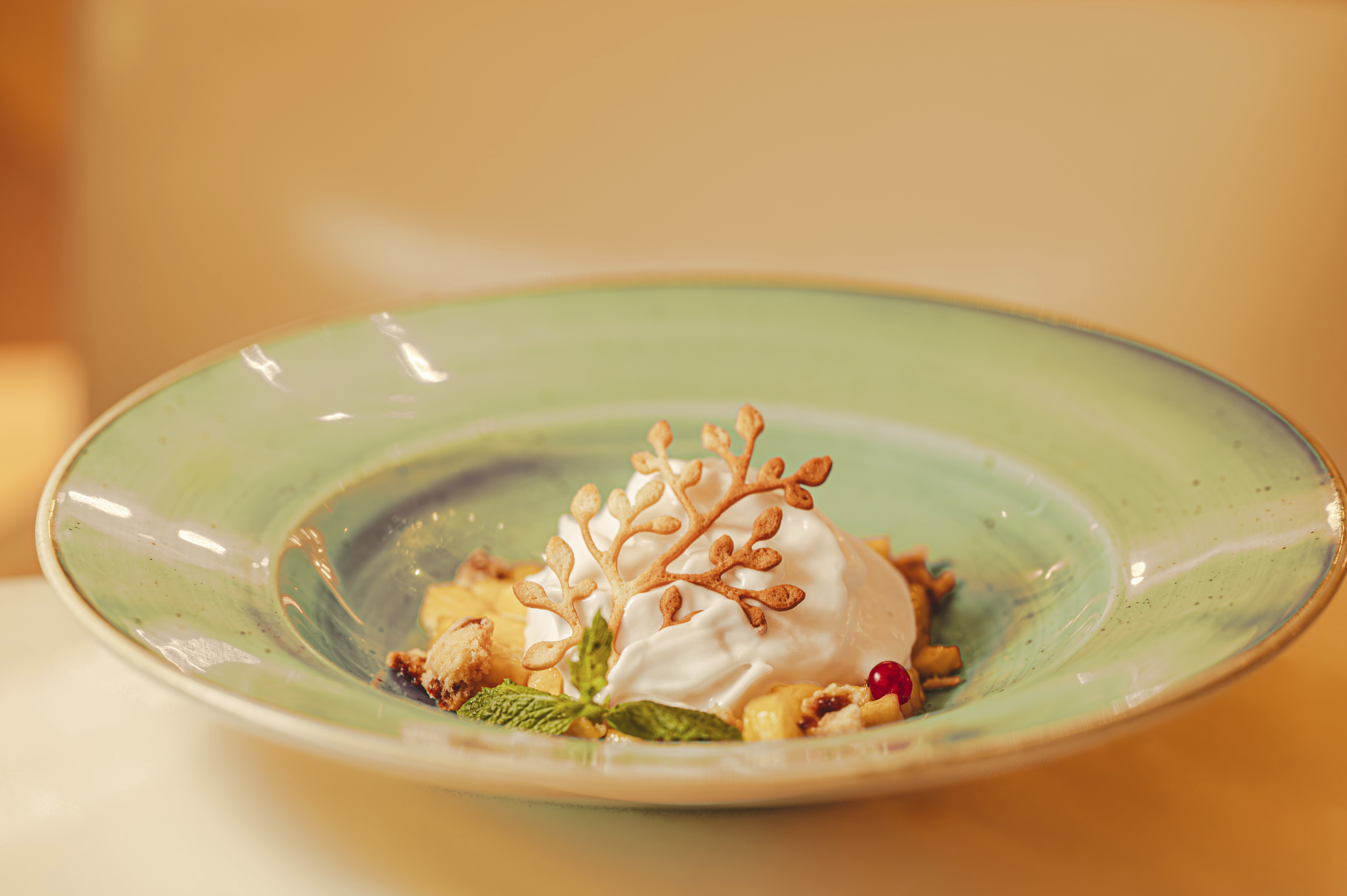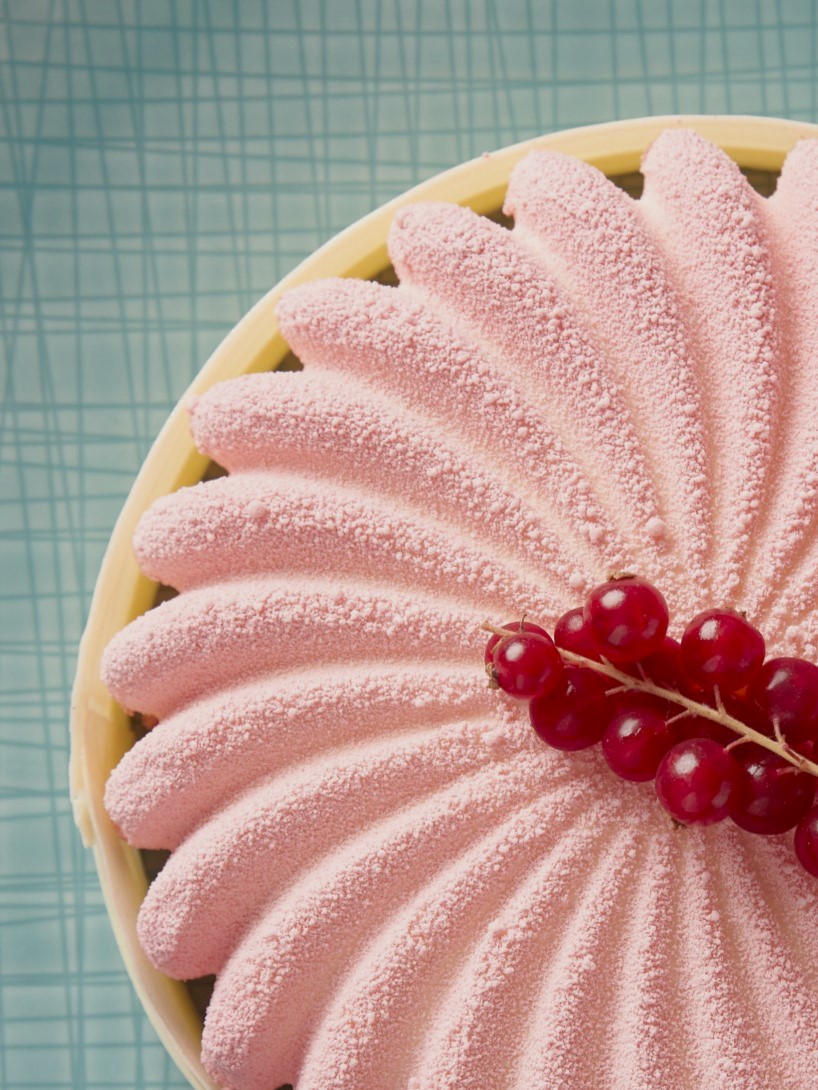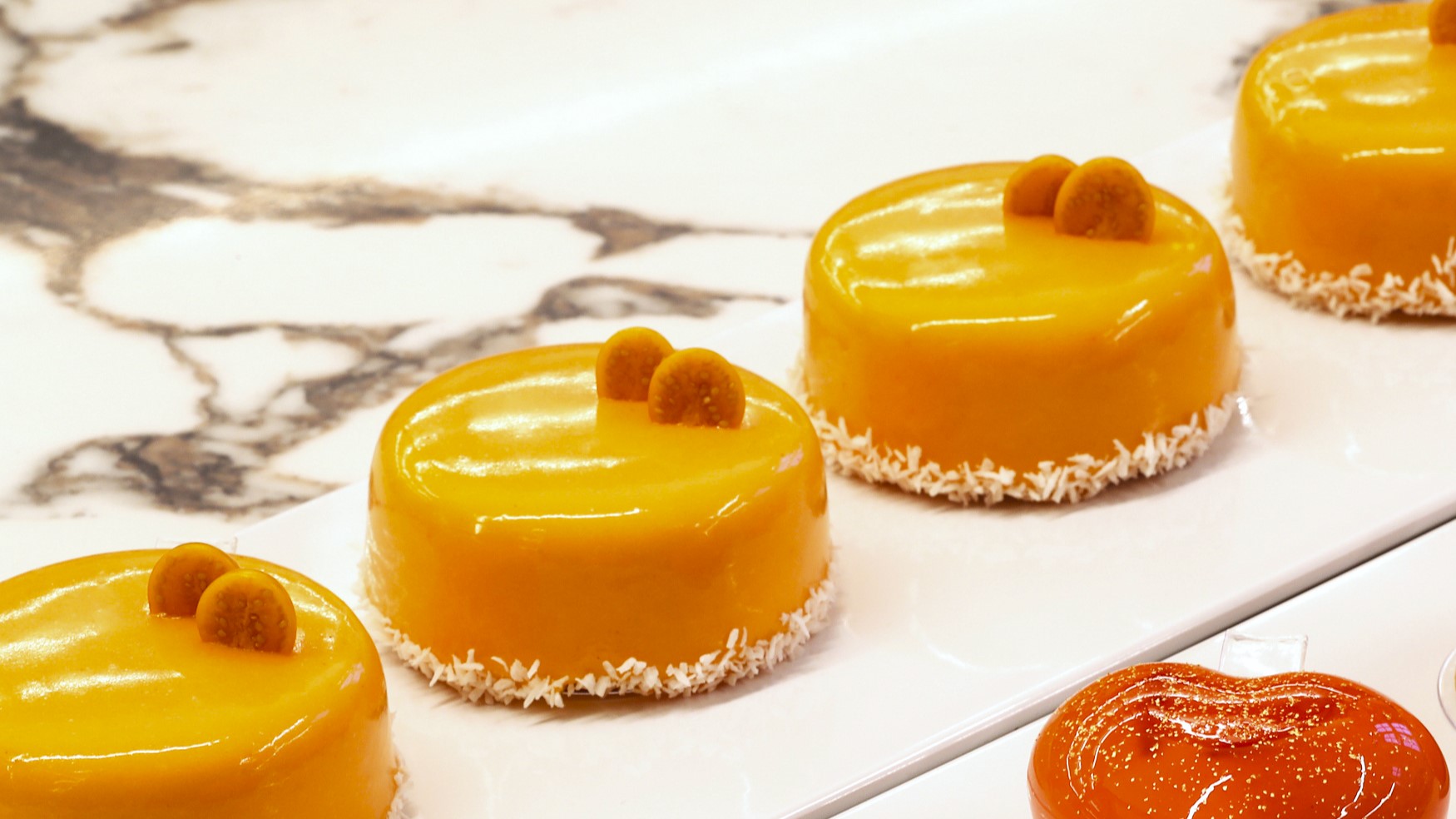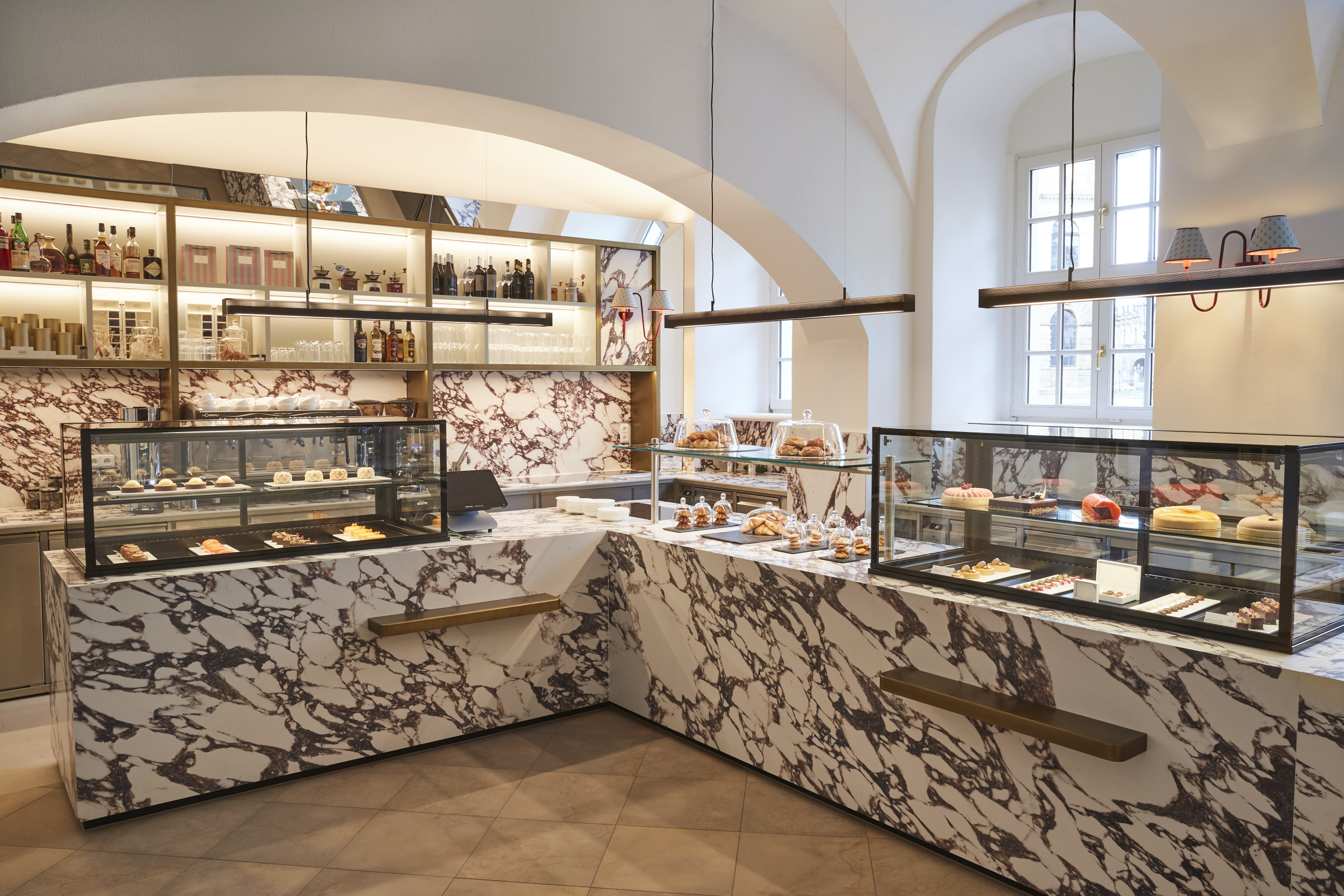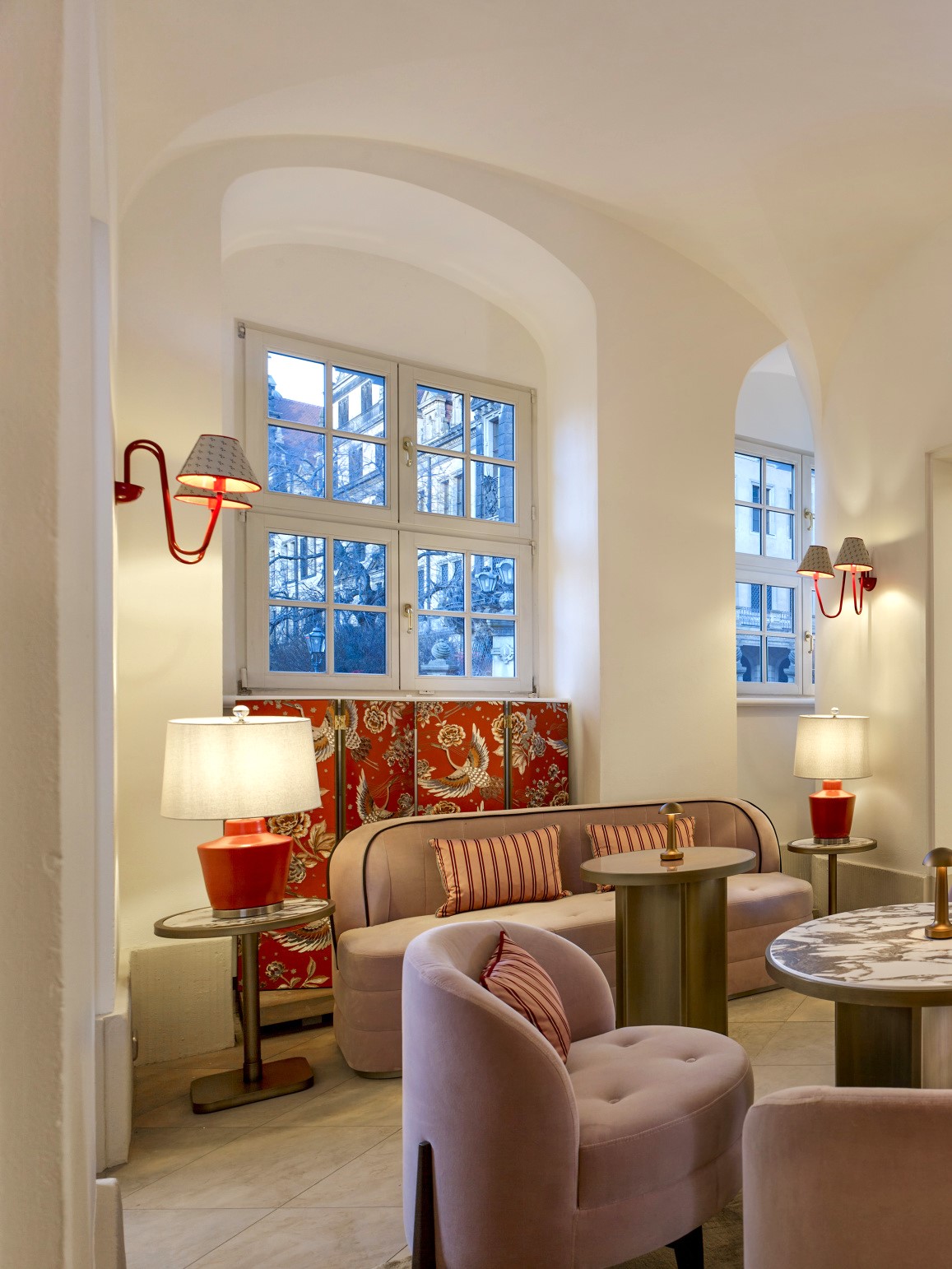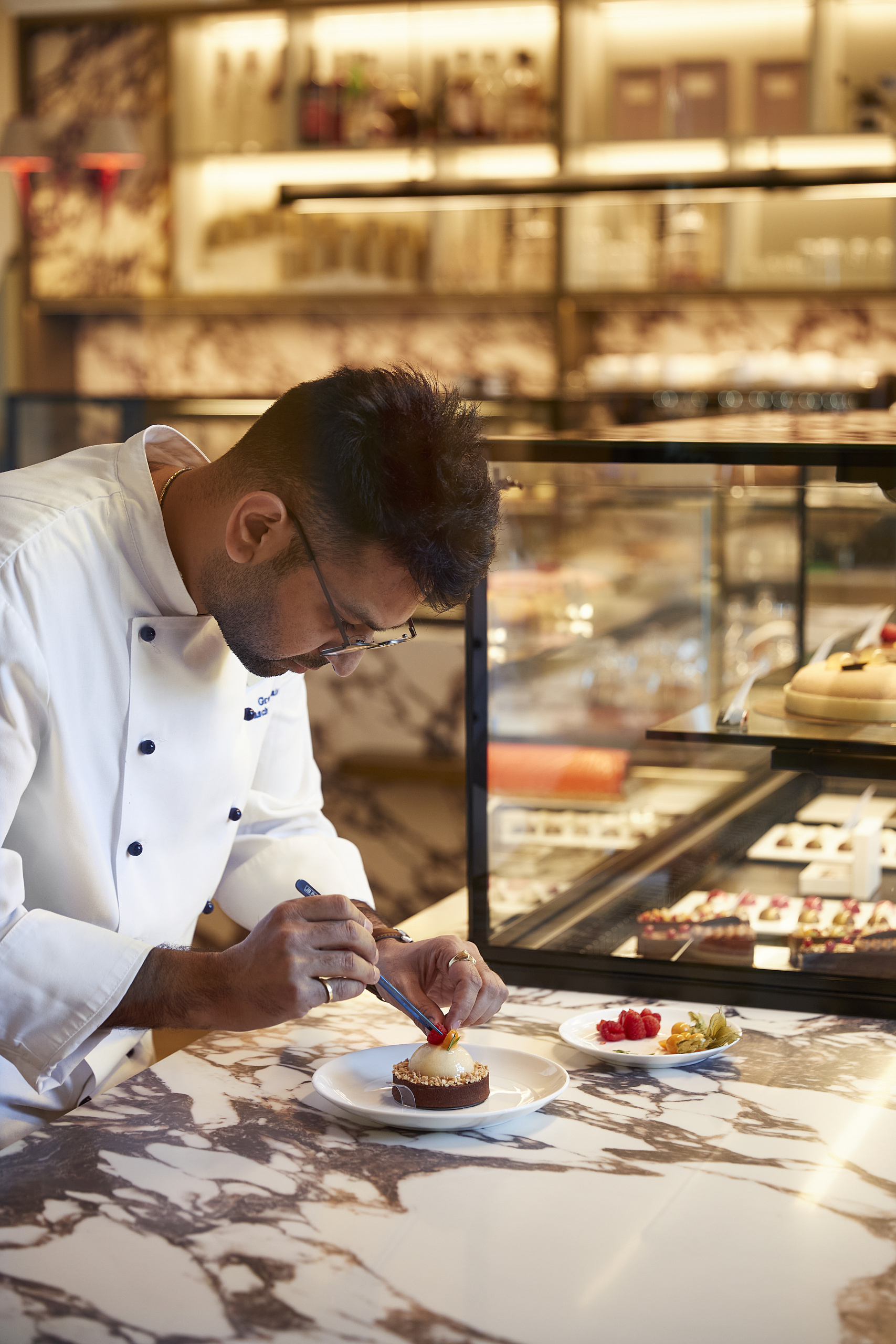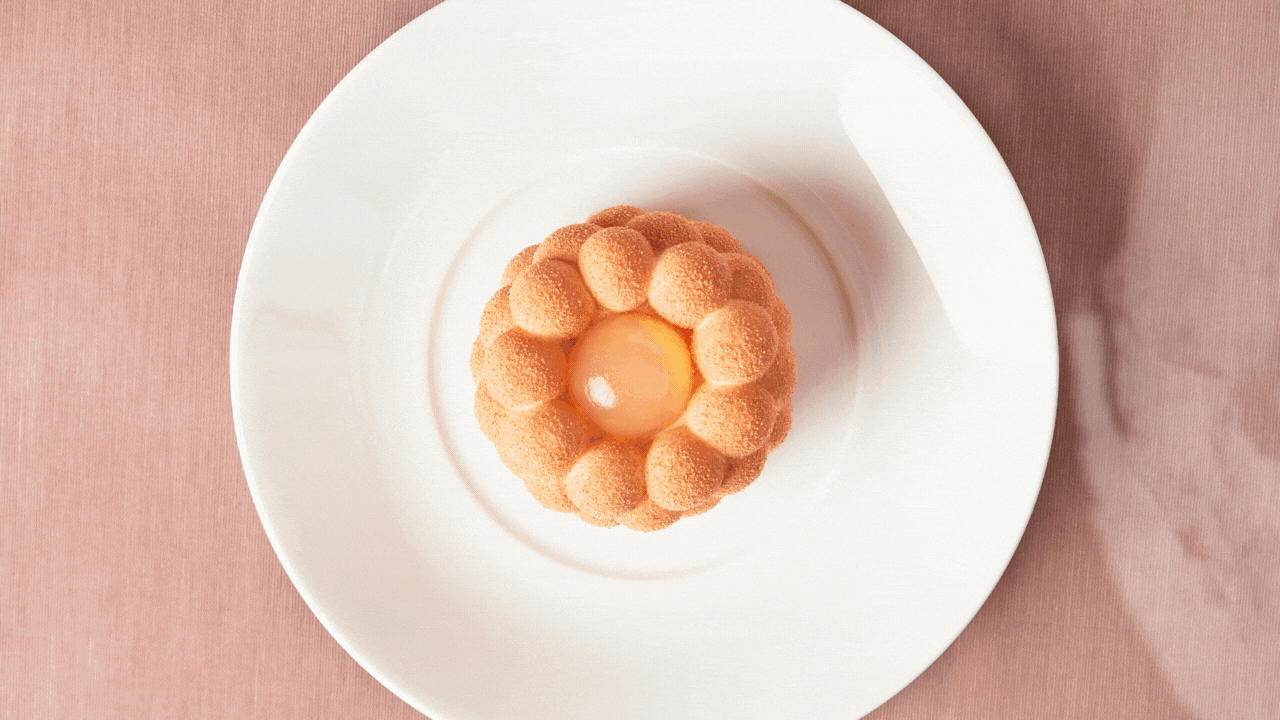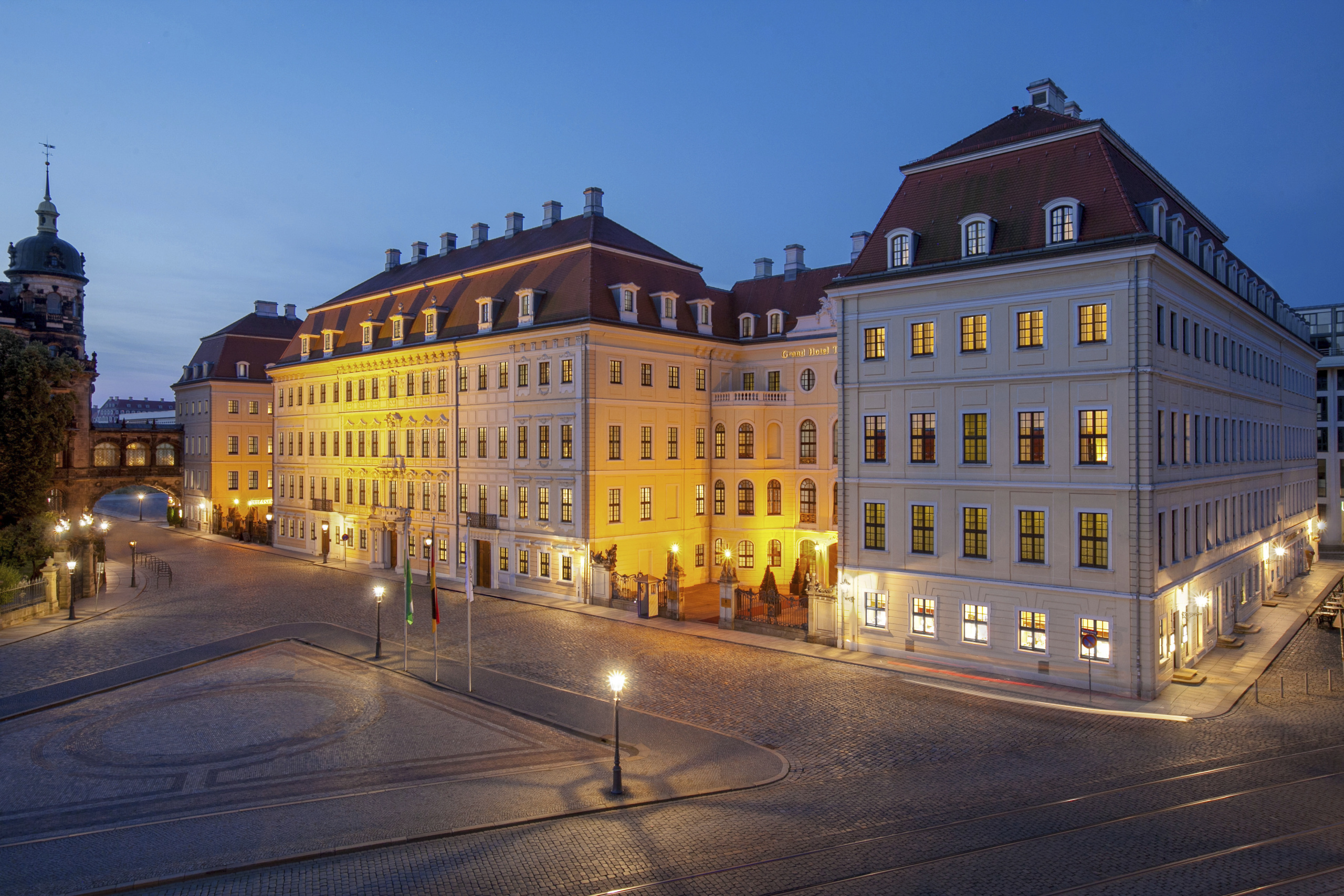
A Royal Stay in Dresden
What's New
With a rich history underscored by endless monuments and cultural hotspots waiting to be explored, Dresden is a hidden gem for a reviving weekend getaway. Join Tim Johnson as he shares his regal experience staying at the newly-renovated Hotel Taschenbergpalais Kempinski Dresden.
A weekend at Hotel Taschenbergpalais Kempinski Dresden
I’ll never forget the first time I saw the spires and domes of the Jewel Box. Standing on the sun deck of a river ship, the city centre slowly rolled into view as the long, low vessel slid around a broad bend in the Elbe. I blinked twice, three times. What is this place? I knew little of Dresden. Of course I had heard of this once-royal city. But I never anticipated such next-level beauty and majesty.
STEP INTO HISTORY
Once home to the Saxon kings, one ruler in particular deserves a lot of the credit for the beautiful baroque skyline. Augustus the Strong was an absolutely legendary character. He held many titles: Elector of Saxony, Grand Duke of Lithuania, King of Poland. Even better were the nicknames: “Iron Hand,” “the Saxon Hercules.” And the stories of his great might are manifold – including one that said he could break horseshoes with nothing but his bare hands.
In 1705, Augustus built a city palace and gave it to his favourite mistress, a woman named Countess Constantia von Cosel. She didn’t stay long, and was only there for five or six years before Augustus forced her to a palace outside of town. His family continued to live in the baroque building over the centuries.
A NEW ERA FOR THE PALAIS
Rebuilt after the Second World War, Taschenbergpalais has been part of the Kempinski family since it was fully renovated and reopened as a hotel in 1995. A further extensive renovation completed in 2023 restored the building’s glory while adding creative and artistic flair.
On a recent stay, Eric, who works in marketing for the hotel, shows me around. He points out the original walls and staircases, and the grand entrance for the king. Throughout, new designs have been added, bringing together culture, history, and a deep sense of place.
Discover all Kempinski destinations in Germany
INSPIRATION FROM THE PAST
Berlin-based designer Markus Hilzinger took his inspiration from Saxon Baroque architecture, as well as Dresden landmarks like the Zwinger and the Residenzschloss (Dresden Castle). We see the lobby’s sandstone floor, which is typical of the region, as well as a display of Meissen porcelain, the first to be made in Europe – and ordered and financed by Augustus. Plus a flowing, curving chandelier that reflects the curling waters of the nearby Elbe.
And Countess Cosel, she’s everywhere. Just off the lobby, she smiles out from four monumental portraits. One features a small figure in a hooded sweatshirt with a spray can in hand – a young graffiti artist – who has added a bright orange necklace. And the wealthy-looking, stylish couple you encounter en route to the reception desk? “That’s an interpretation of how Augustus and Constantia could look today,” says Eric.
TIME FOR DINNER
The new and dramatic renovation has pulled these threads all through the luxurious hotel. Not just in the design, but also food and more. On my first night at the hotel, I dine at Das Palais, their signature restaurant. As I sit under a chandelier on a creamy black banquette, executive chef Andreas Graser graciously chats with me as he brings out each dish – steak tartare, made table-side, plus a German take on the classic Wiener schnitzel.
Chef Graser grew up in a small village just an hour away from here, and is committed to making menus that reflect the surroundings here in Saxony. He sources locally, and puts together seasonal menus – one based on white asparagus, for example, and another on chanterelles. And they serve Saxon takes on classics like potato soup, and even a bouillabaisse. “Simple and delicious,” he says. “Great ingredients give even better food.”
SWEET TREATS FROM SAXONY
Down the hall and around the corner at Amalie, pastry chef Yogesh Dutt, who is originally from Delhi, has made his sweet creations in kitchens all over the world. After meeting him in his bright shop, and viewing the flaky, creamy, lovely creations below the glass counter, we sit for a chat.
He also uses local ingredients, and says he takes inspiration from the palace itself. “We sit here, and everything is like it was, in history,” he says. “This palace, it’s like a Phoenix rising from the ashes.” And his top-selling pastry is a classic item loved even by royals – an elevated version of stollen, that traditional German fruit cake. “Even Augustus the Strong had his baker make stollen,” he says.
Over my few days at the hotel, I try all the food and beverage outlets. Chatting with master mixologist Thang Viet Trinh in his oaky, atmospheric Bar 1705 about his cocktails, which he often makes with ingredients he creates himself. I fill up on beautiful oysters, hamachi, tuna and salmon at Sushi and Oyster Bar, talking with chef Takamitsu Hanawa, the only sushi master in Dresden. And chef Gerd Kastenmeiers shows me how he serves up the freshest lobster and trout in town at his namesake restaurant.
DRESDEN BY NIGHT
Full and happy, I finish each evening with a walk around the cobblestones in the Jewel Box. Taking a different route each night, I marvel at the all the great monuments, bathed in warm light. The imposing facade of the Zwinger, the rising dome of the famous Frauenkirche, the Renaissance and Baroque opera house. The Elbe just nearby, shimmering, reflecting back all that light.
And then, I head to bed in one of the most beautiful of them all, the Taschenbergpalais. Walking through the royal entrance. Making my way to my cushy suite. And while I’m certainly no Augustus the Strong, and I’ve never – not once – broken a horseshoe with my bare hands, I do, in fact, sleep like a king.
If you enjoyed this, why not discover the top 10 things to do in Dresden?
